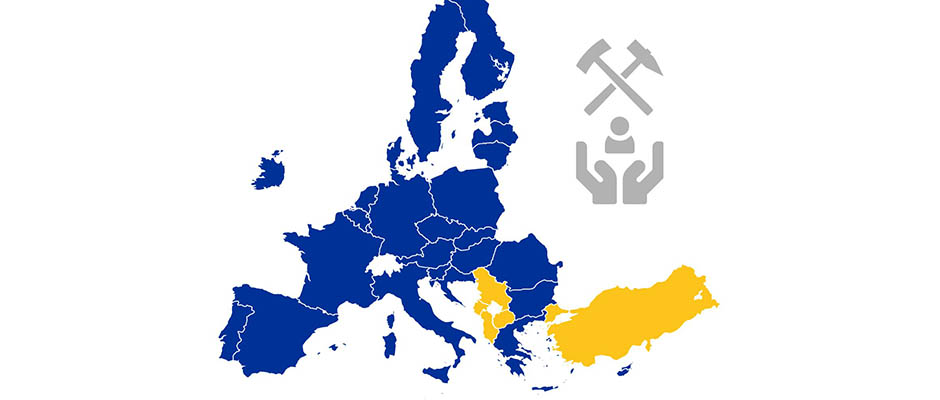In the European Union (EU), and neighbouring countries aspiring to join the EU, it is given that environmental and social (E&S) matters will determine the success of mining projects and operations. As these matters will influence prospects of eventual economic extraction, they need to be considered from project conception. At feasibility level, they will be among the most important modifying factors applied in the conversion of resources to reserves. E&S matters will be key to obtaining the permissions to proceed with a project and will determine the risk of suspension of operations and long-term closure liabilities. Furthermore, the design and operation of the mine will influence the provenance of its mineral products, which is becoming important as downstream manufacturers strive to define and improve sustainability ratings of their goods.
Key considerations at the exploration stage are protected and sensitive features in the region of the deposit, the applicable legislation and the permitting roadmap and, most importantly, the people who could be affected by the development and what they value in the setting of the project.
From the exploration stage through to the feasibility study, it is critical to consider as many planning options as possible to avoid or mitigate impacts. Years later, near the end of the permitting road, the spotlight will be on the options considered – in E&S speak, “the decisions on alternatives”.
Increasingly, it is asked: “Why was this deposit considered for development, why were alternatives in less sensitive locations not considered?” It is no longer given that a rich mineral deposit must be exploited. Other decisions on alternatives likely to be scrutinised are those pertaining to carbon intensity, mining and processing methods, infrastructure sites, routes for linear infrastructure and mine waste disposal methods.
The spotlight on alternatives was introduced into environmental impact assessment (EIA) legislation in all EU member states, through the amended mended Environmental Impact Assessment (EIA) Directive (2014/52/EU).
The design of the project will be shaped by legislation. Not so much “by the letter of the law” as interpreted by lawyers, but by “the spirit of the legislation” as applied by the project managers, scientists and engineers. This requires familiarity with relevant legislation and supporting guidelines. There is much uniformity in relevant environmental legislation across the EU, influenced by EU Directives and Regulations, which helps with overcoming the volume of legislation, standards and guidelines to be applied. The challenges lie in local interpretation of the legislation, which necessitates ongoing consultation with local authorities.
Capacity building of local regulatory authorities and other local community representatives may be needed in jurisdictions where experience in mining is lacking, which is common in the EU. While mining was abundant in the EU historically, living experience of mining – especially state-of-the-art mining – is lacking across EU member states. Environmental law related to mining is influenced by disasters that happened in the past and the legislation is often framed with reference to these events, imprinting fear that these will occur again in future.
Future mines in the EU will be required to have tiny footprints. Infrastructure designs will be attuned to and harmonious with the local landscape. Designs will also account for climate change predictions through to and beyond closure. Extractive waste will be left in or placed in the workings as much as is possible. Extractive waste facilities will not be remote from mine sites because landfill taxes will make this prohibitive.
Emissions will also be a focus in the future mine planning process. Legislation on air quality in mine workings is forcing consideration of electrical vehicles. Pyrometallurgical processes will have minimal carbon emissions, both to cut costs from carbon pricing mechanisms and to gain from potential future premiums on metals with low embodied carbon. Water management will be a top priority, especially ensuring that there are no uncontrolled discharges to downstream water bodies. Water treatment will be required, discharge criteria can be expected to be extremely strict, and recycling will be optimised.
As is the case worldwide, impacts on people and the environment will be viewed through a human rights lens and there will be a strong focus on the mine’s supply chain.
Clearly, E&S experts are needed at the planning table from the exploration stage onwards and they should not be the last to speak at the end of a long planning meeting.

